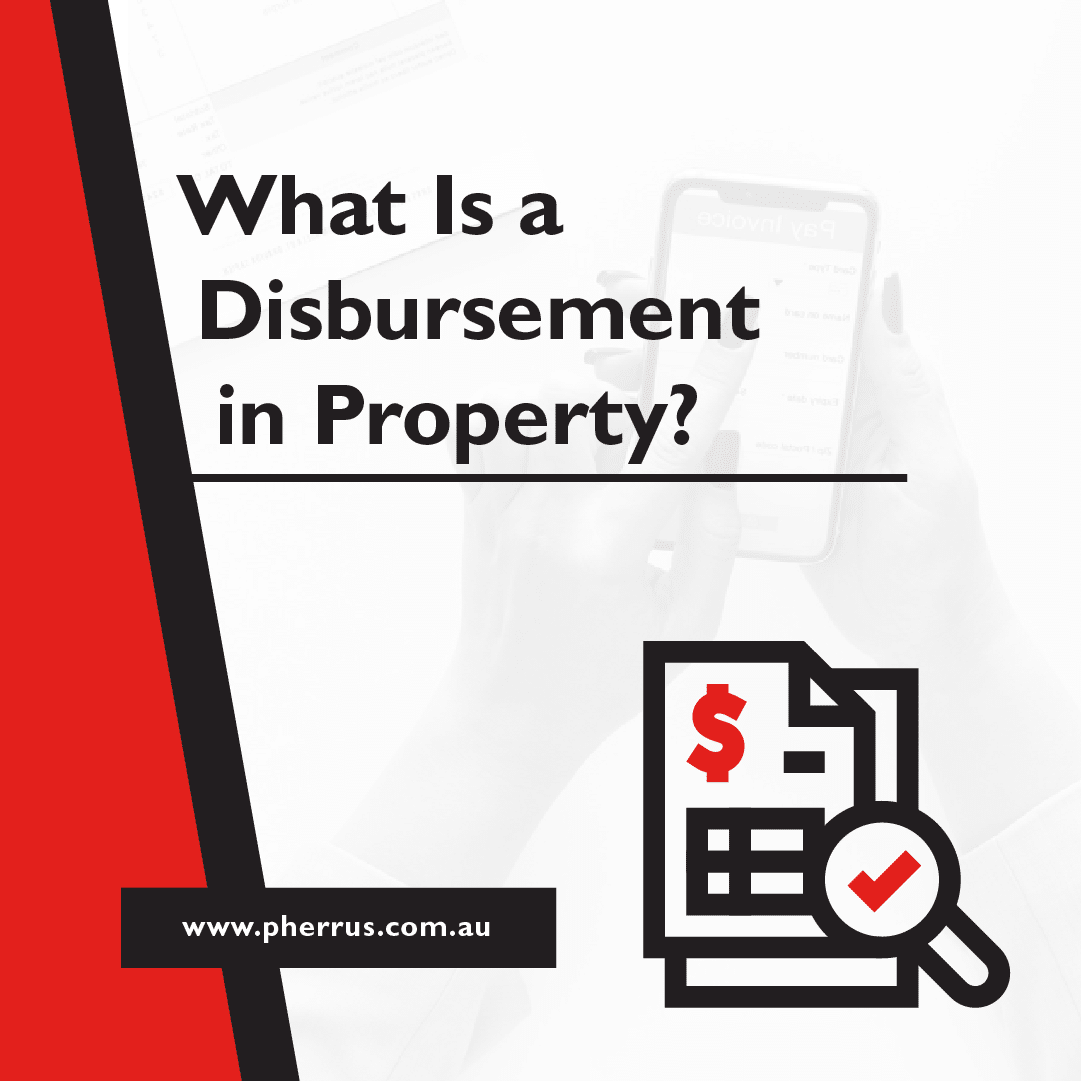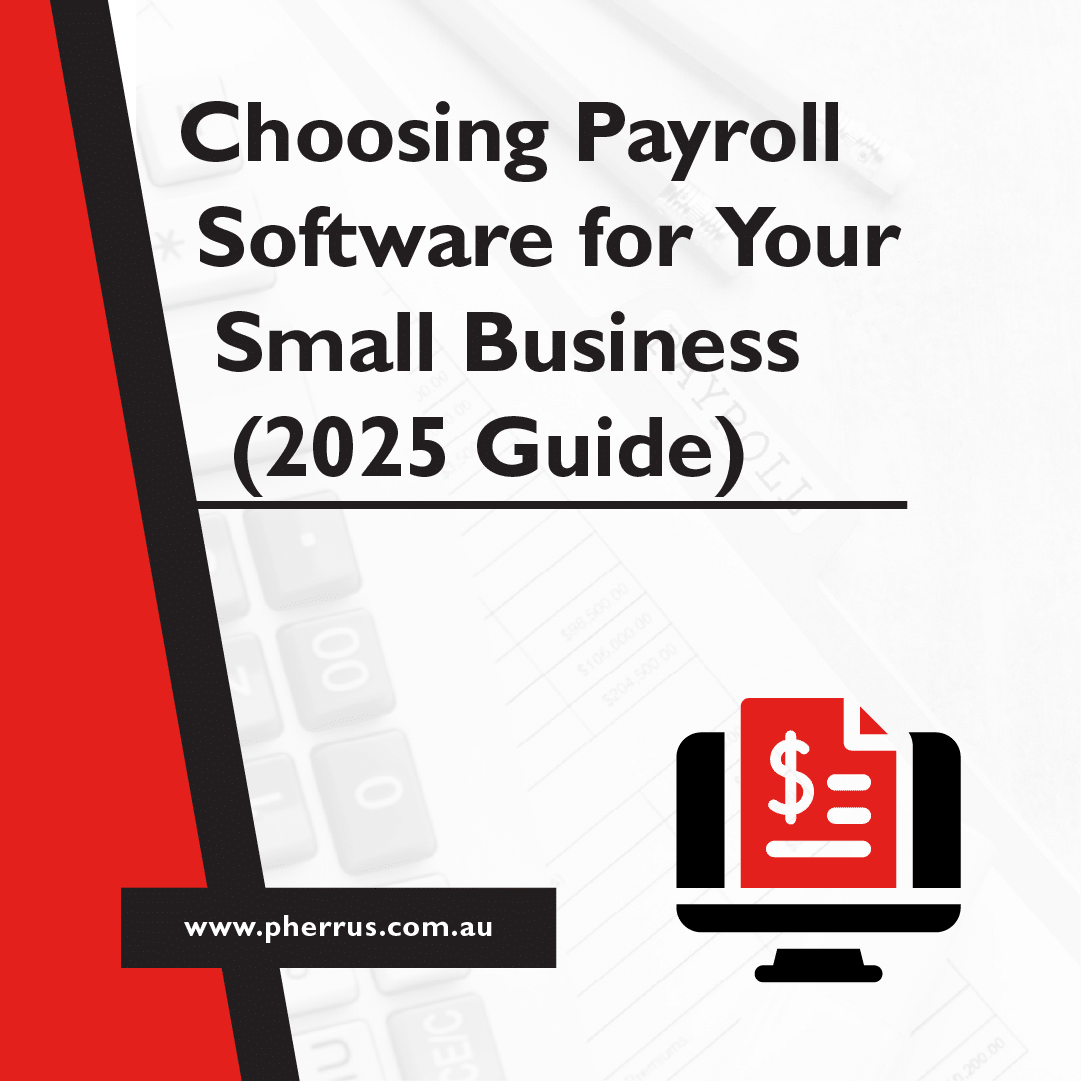What the extension of JobKeeper payments means for you
In June 2020, the Australian Government announced they will be extending the JobKeeper payment for eligible businesses and not-for-profits until the 28 March 2021.
Originally, the payment was set to run until the 27 September 2020.
Priority for this extended support will be given to not-for-profits and businesses that have been seriously impacted by COVID-19.
The Government will reduce payment rates over the extension period, and a lower payment rate again will be introduced for people who work fewer hours.
All other eligibility requirements remain the same.
What is the JobKeeper payment ?
The JobKeeper payment is a temporary measure designed to help Australian businesses and not-for-profits cope with the fallout caused by COVID-19, or coronavirus. Currently, the JobKeeper payment is set at $1,500 per fortnight per eligible employee.
Employers, sole traders and not-for-profit owners who meet the eligibility requirements can apply for the JobKeeper payment. Employers can choose whether or not to participate in the scheme.
Currently, each fortnight, employers under the scheme receive $1,500 per fortnight per employee from the Australian Taxation Office, as long as all eligibility criteria are met.
What changes are being made ?
Employees working over 20 hours per week
From 28 September 2020, eligible employees who work over 20 hours per week, the fortnightly payment rate for employees will drop to $1,200 per fortnight.
From the 4 January 2021, the rate will drop again, to $1,000 per fortnight for these employees.
Employees working under 20 hours per week
From 28 September 2020, eligible employees who work under 20 hours per week, the fortnightly payment rate for employees will drop to $750 per fortnight.
From 4 January 2021, the rate will drop again, to $650 per fortnight for these employees.
Also from the 28 September 2020, not-for-profits and businesses must recheck their eligibility in regards to their actual GST turnover for the 2020 June and September quarters.
This means businesses and not-for-profits must demonstrate that they have met the required decline in turnover (in both quarters) to be eligible for the JobKeeper payment.
Again, from the 4 January 2021, not-for-profits and businesses must again assess their actual GST turnover to ensure they still meet eligibility requirements.
If the business or not-for-profit does not meet the decline in turnover test, they will not be eligible for payments from the 4 January 2021 to the 28 March 2021.
What can I expect this financial year ?
For this coming financial year, businesses and not-for-profits must prove their eligibility for the extended JobKeeper payments. This means they must demonstrate a decline in turnover as below :
- For businesses and not-for-profits with an aggregated turnover of over $1 billion, a 50% decline
- For businesses and not-for-profits with an aggregated turnover of exactly or less than $1 billion, a 30% decline
- For charities registered under the Australian Charities and Not-for-profits Commission, a 15% decline (universities and schools are excluded).
If, for the extension period, the not-for-profit or business does not pass these additional tests, their eligibility will not be affected before the 28 September 2020.
What are the additional turnover tests ?
To continue to receive JobKeeper payments over the extended period, businesses and not-for-profits must periodically pass a decline in turnover test to prove they have experienced a significant decline in turnover as a result of the COVID-19 situation.
To be eligible for JobKeeper payments from the 28 September 2020 until the 3 January 2021, your business or not-for-profit’s actual GST turnover must have fallen significantly in the April, May and June of 2020 (the June quarter) and again in July, August and September of 2020 (the September quarter).
This decline will be measured against a comparable previous turnover period, which will typically be the June and September quarters of 2019.
To prove eligibility for the second extension period (from the 4 January 2021 until the 28 March 2021), not-for-profits and businesses will again need to prove a significant turnover decline for the 2020 quarters of June, September and December.
Again, this will be compared with a comparable previous period (typically the June, September and December quarters of 2019).
If it is not possible or appropriate to compare your business or not-for-profit’s actual GST turnover in 2020 with the relevant period in 2019, the Taxation Commissioner may choose to request alternative tests. These circumstances may apply if :
- Business practices commenced after the comparison period, prior to but not on the 1 March 2020
- Part of the business was disposed of or acquired after the comparison period
- A business restructuring took place after the comparison period
- A drought or natural disaster affected the business during the comparison period
- A large, irregular variance was found in the business’s turnover (which ended in the 12 months prior to the test period. This excludes entities with regular or cyclical seasonal variances)
- For small partnerships or sole traders, sickness, leave or injury impacted the working ability of an individual, affecting the business’s turnover
- The business’s turnover increased by exactly or more than 50% in the 12 months before the test period, exactly or more than 25% in the 6 months before the test period, or exactly or more than 12.5% in the 3 months before the test period.
If your business or not-for-profit falls under these circumstances, you may be eligible for an alternative test at the Taxation Commission’s discretion.
How can I assess my business or not-for-profit’s eligibility for continued JobKeeper payments ?
Generally, business and not-for-profit owners will be able to assess their JobKeeper eligibility by checking their Business Activity Statement. If your business or not-for-profit has not been required to lodge a Business Activity Statement, alternative arrangements will be made.
For example, let’s say your business has been claiming the JobKeeper payment since it first began on the 30 March 2020. You have a group of eligible staff for each of which you currently claim the $1,500 fortnightly payment.
At that time, you estimated that your business’s projected GST during the June quarter would be 60% less than your actual GST turnover in the same period of 2019. Your business met eligibility requirements since your turnover had declined by 30% at the least.
Let’s say that, on submitting your Business Activity Statement, you found the actual decline in turnover for the June quarter came out to be 63%, and for the September quarter, the decline was 34%. This means your business is still eligible for JobKeeper payments from the 28 September 2020 until the 3 January 2021.
If, however, business continued to improve into the December quarter, and the decline in turnover came out to be only 20% this time, your business would no longer be eligible for the JobKeeper payment for the second period of extension (from the 4 January 2021).
Your business must also consider the working hours of your staff (and yourself) to calculate payment rates. Let’s say you’re working full-time at your own business. In this case, you would be eligible to receive a fortnightly payment of $1,200 from the 28 September 2020 to the 3 January 2021.
For your part-time employee, however, who works less than 20 hours per week on average, you will be able to claim $750 per fortnight from the 28 September 2020 to the 3 January 2021.
How will the JobKeeper extension affect my business ?
With the extended JobKeeper payment, your business or not-for-profit will be able to continue receiving a fortnightly subsidy from the Australian Taxation Office until the 28 March 2021.
To ensure eligibility for continued JobKeeper payments, you must record and demonstrate your business or not-for-profit’s decline in turnover due to COVID-19, as explained above. You must keep a record of your actual GST turnover for the 2020 June, September and December quarters to demonstrate eligibility for payments over the full extension period.
Pherrus Financial Services is here to help
Understanding JobKeeper payments and eligibility can be difficult, confusing and time-consuming. Take the weight off your shoulders by accessing expert accounting and taxation advice from a qualified tax consultant.
At Pherrus Financial Services, we have all the knowledge you need to make sure your business or not-for-profit can continue to run smoothly during these difficult times. Contact us today to speak with one of our qualified taxation experts. Our friendly team will happily answer any queries you may have.




